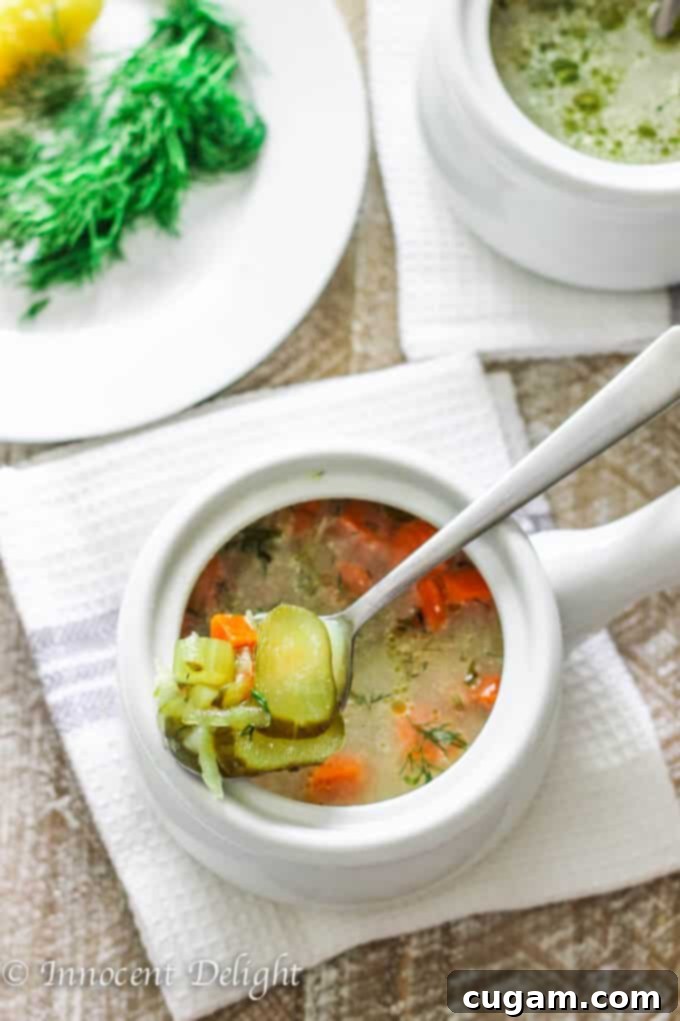Authentic Polish Dill Pickle Soup (Zupa Ogórkowa): A Beloved Traditional Recipe
Known in its native land as “Zupa Ogórkowa,” Polish Dill Pickle Soup stands as one of the most cherished and popular soups in Polish culinary tradition. For those unfamiliar, the idea of a pickle-based soup might sound unusual, but its widespread appeal, especially among Polish children, speaks volumes about its comforting and uniquely delicious flavor. This article will guide you through crafting a traditional recipe for this iconic Polish dish, promising a culinary experience that is both authentic and incredibly satisfying.
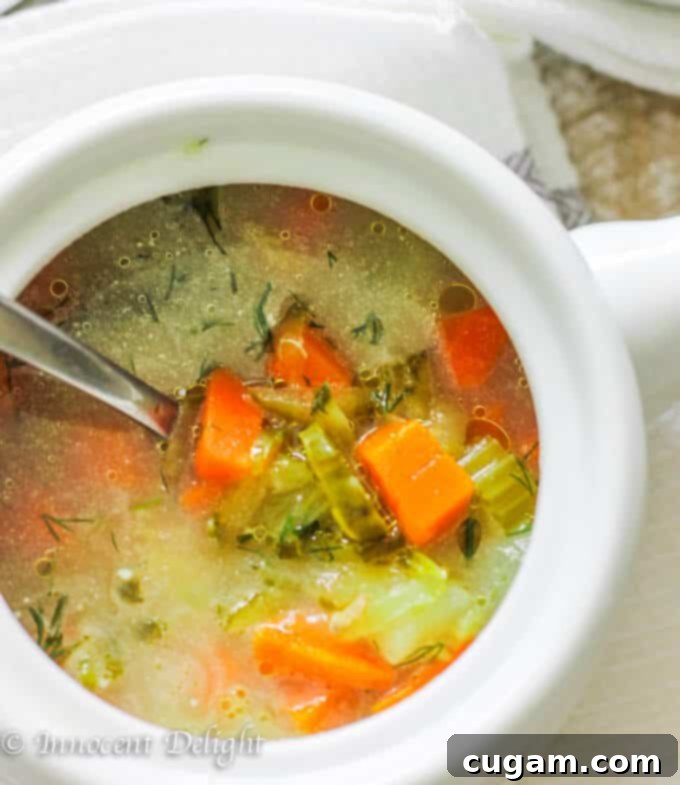
This post may contain affiliate links. You can read my disclosure policy here.
The Essential Ingredient: The Right Pickles for Polish Dill Pickle Soup
Having spent the first 29 years of my life in Poland, I can genuinely say I’ve never met a Pole who didn’t adore Zupa Ogórkowa. Its signature tanginess is the heart of the soup, but it’s beautifully mellowed and enriched by the cooking process, transforming what some might expect to be an overly sour broth into a remarkably mild and perfectly balanced delight. The beauty of this soup is that you can easily customize its tartness to suit different preferences by adjusting the amount of pickle brine added.
However, there’s a crucial detail that distinguishes an authentic Polish Dill Pickle Soup from a mere imitation: **the type of pickles you use.** It’s imperative that you do NOT use pickles preserved in vinegar. This means that most commercial pickles found in a typical supermarket, often labeled as “dill pickles,” will not yield the desired result for Zupa Ogórkowa.
The pickles must be **fermented in brine**. You need to carefully read the ingredient labels. If vinegar is listed, put them back. True Polish dill pickle soup relies on the natural fermentation process of cucumbers in a salt brine, which creates a distinct flavor profile and a softer texture when cooked. I traditionally source my pickles from local Polish grocery stores, but many reputable Jewish delis also stock high-quality, brined pickles that are perfect for this recipe. For those without access to such specialty stores, you can often find “Polish Pickles Salted in Brine” online (affiliate link – please see the disclaimer below).
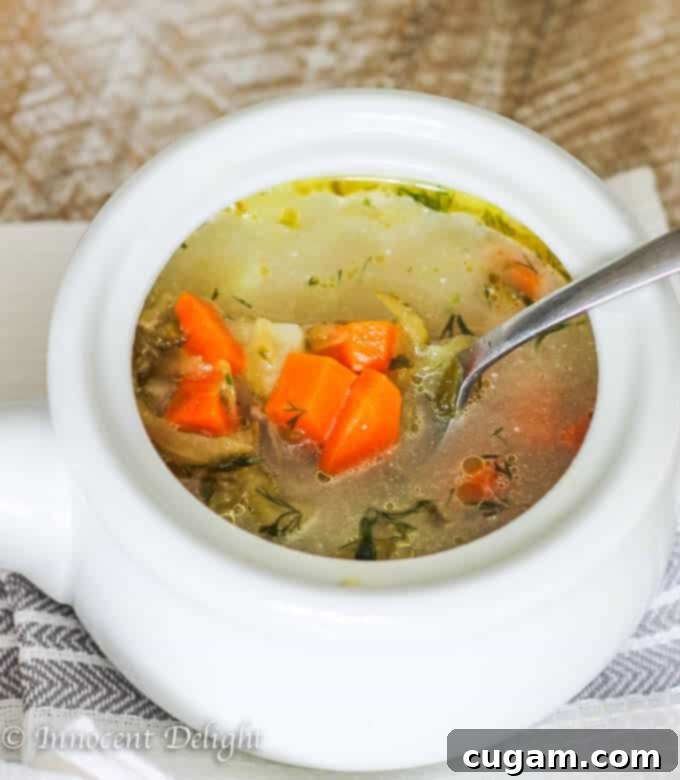
The image below shows the brand of brined pickles I typically use for my Zupa Ogórkowa. While I have no affiliation with this company and receive no compensation for featuring their product, I consistently find their pickles to be of excellent quality. That said, any good quality cucumbers fermented purely in brine should work wonderfully for this traditional Polish dill pickle soup recipe.
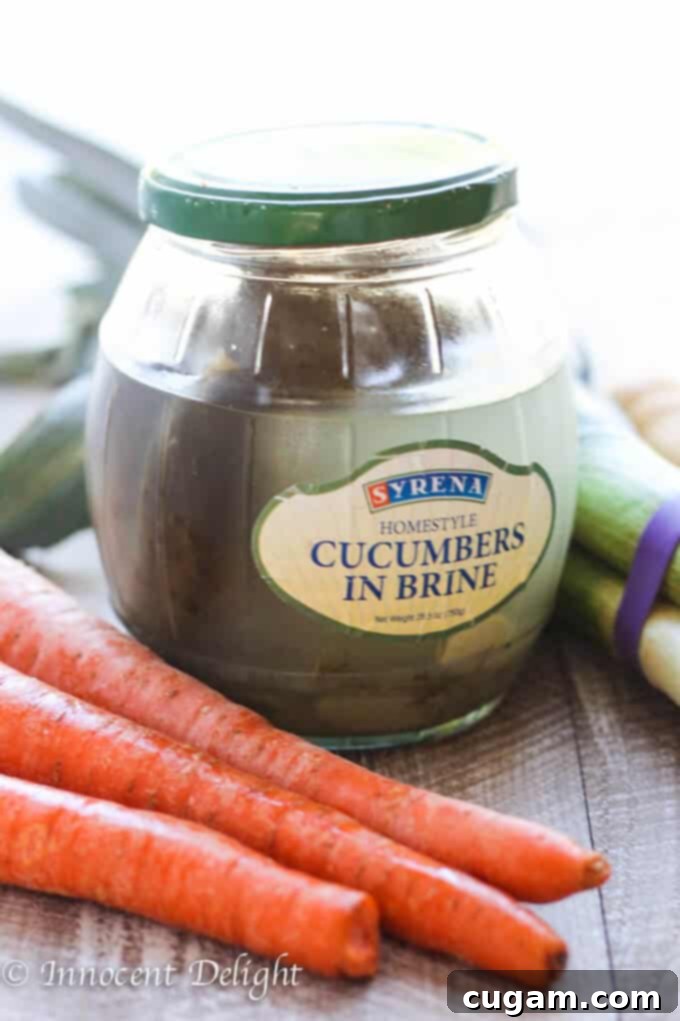
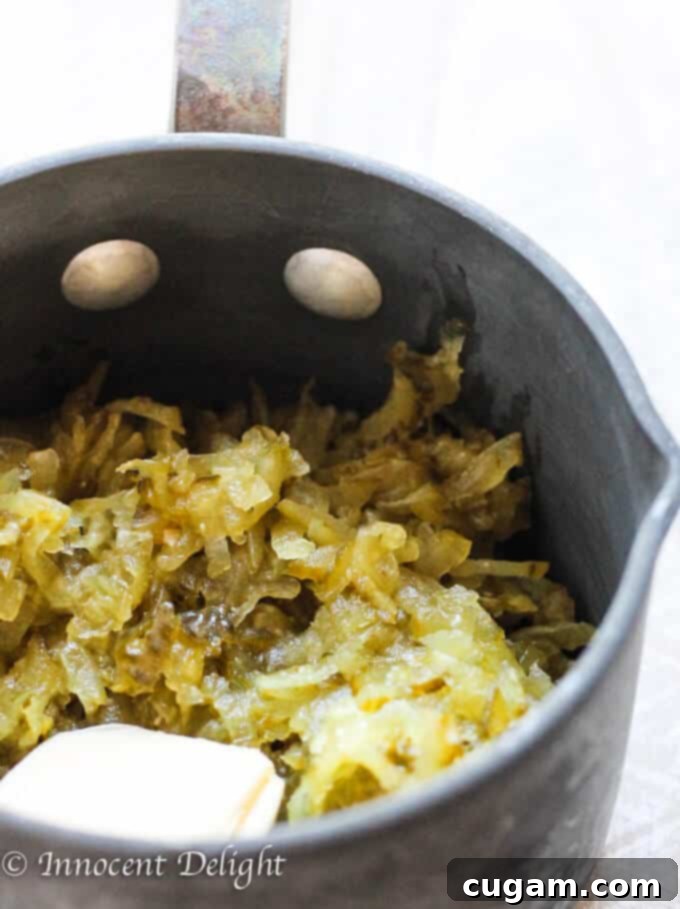
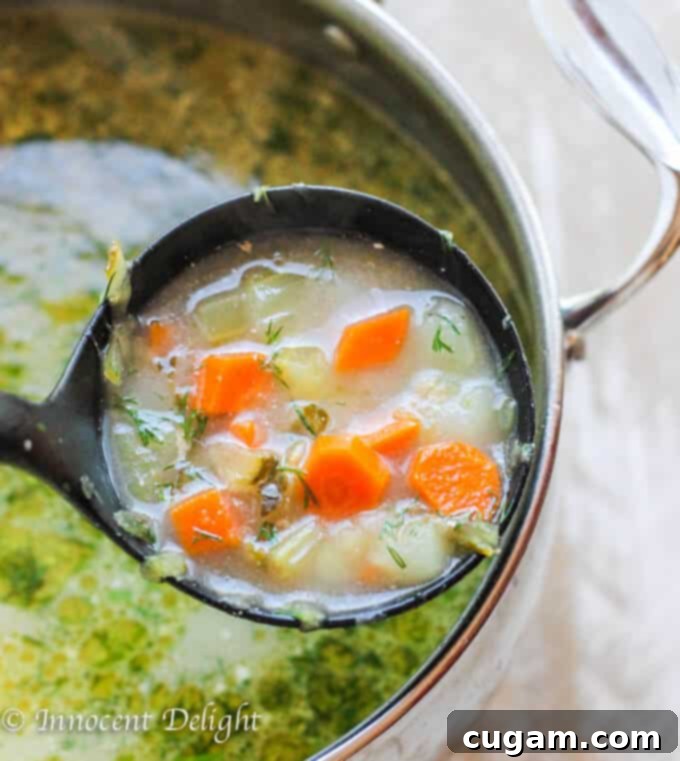
Crafting Your Authentic Zupa Ogórkowa: A Step-by-Step Guide
Every Polish mother and grandmother will proudly declare that *their* dill pickle soup is the absolute best and most authentic. While each family might have subtle variations, the core ingredients and cooking methodologies for Zupa Ogórkowa remain remarkably consistent, and they all share that undeniably amazing taste. A defining characteristic of nearly all traditional Polish soups is their foundation: a rich, flavorful meat broth.
Thus, the journey to a perfect Polish dill pickle soup begins with preparing a robust broth. You’ll typically place a piece of meat on the bone into a large pot, add a selection of root vegetables, season with salt and spices, and allow it to simmer gently until the meat is tender and the flavors have fully developed.
For this particular pickle soup, baby pork ribs are the traditional choice, lending a wonderful depth to the broth. You can easily cut a few ribs from a rack for your soup (and perhaps use the rest for another meal in a slow cooker!). This is precisely what I’ve used in this recipe, yielding a deeply satisfying and authentic flavor.
However, the beauty of homemade broth is its versatility. Any meat on the bone, such as chicken carcasses, drumsticks, or a piece of beef on the bone, will also create a fantastic base. Meat cooked on the bone imparts unparalleled flavor and nutrients to the broth, making it incredibly healthy and delicious. But don’t despair if you prefer a meat-free option; this versatile soup can also be adapted for vegetarian or even vegan diets.
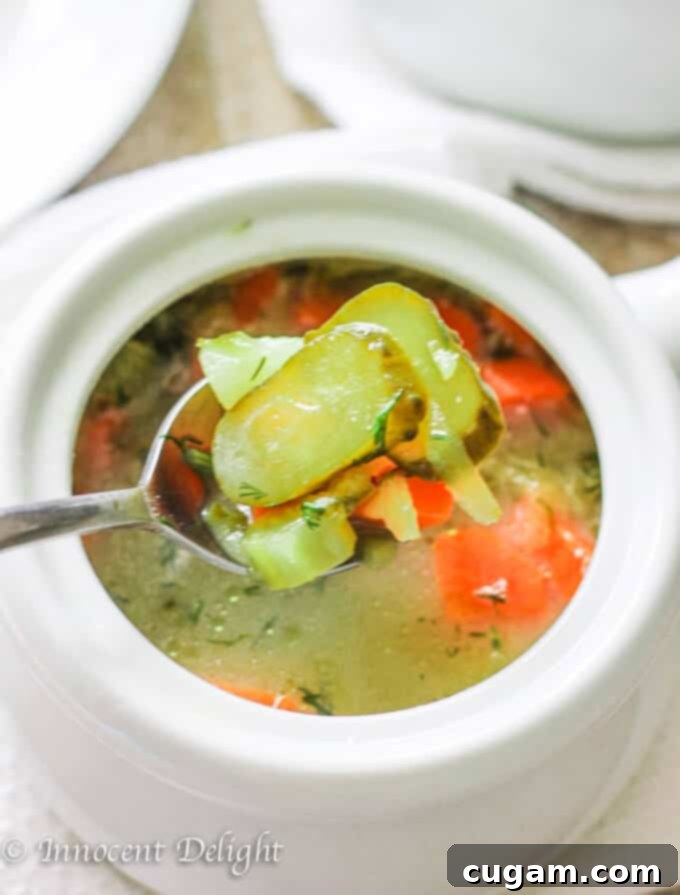
Vegetarian & Vegan Variations for Dill Pickle Soup
To create a delicious vegetarian version of this cherished dill pickle soup, I recommend the following adjustments:
- Begin by sautéing your chosen root vegetables (carrots, potatoes, celery, leeks, parsnips – but *without* the pickles at this stage).
- For enhanced fragrance and flavor, add a tablespoon of butter or a suitable plant-based oil (like olive oil) to the pan before sautéing.
- Once the vegetables are softened, add a high-quality vegetable stock, season to taste, and continue cooking until the vegetables are tender.
- From this point, you can seamlessly follow the remainder of the traditional recipe instructions, adapting the cream element if pursuing a vegan version.
For a completely vegan dill pickle soup, simply sauté your vegetables in olive oil or another plant-based oil of your choice and omit the sour cream or heavy cream entirely. The soup will still be wonderfully flavorful and tangy!
The Golden Rule of Zupa Ogórkowa: Cooking Pickles Separately
One of the most crucial and often overlooked tips for mastering Zupa Ogórkowa is how to integrate the pickles. Traditionally, the pickles should be cooked separately and only mixed into the main broth towards the very end of the cooking process. This particular step is a common pitfall for many aspiring Polish cooks, including myself in my younger days!
I vividly recall making this mistake in my early twenties. While the taste of my soup was undoubtedly delicious, its texture was off – my vegetables remained strangely hard and crunchy, far from the tender consistency my mother’s soup always had. I was perplexed, so I called her to troubleshoot. Her first question was, “Did you cook the pickles in the main broth?” I proudly confirmed I had, only for her to gently inform me that was precisely what I shouldn’t have done.
The simple scientific reason is that the high acidity of the pickles prevents root vegetables like potatoes and carrots from softening properly. Who knew? I certainly didn’t then, but I’ve never made that mistake again. Now, I always prepare my broth with the meat and vegetables in one pot, and in a separate saucepan, I sauté the shredded pickles in a tablespoon of butter (or oil for vegan) for a few minutes, then add a little water and let them simmer for about half an hour until they are tender. Only then do I combine the two. This ensures all your vegetables are perfectly cooked and infused with flavor.
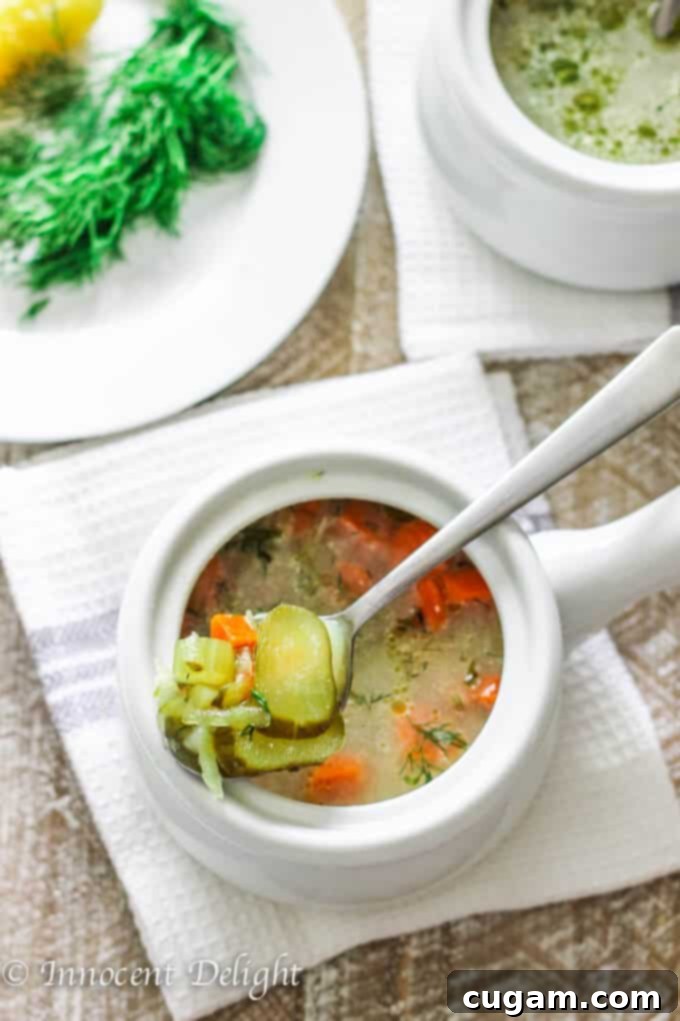
The Distinctive Charm of Traditional Polish Soups: Chunky and Hearty
Beyond their meat broth base, another hallmark of authentic Polish soups, including Zupa Ogórkowa, is their hearty, chunky texture. Traditional Polish soups are almost never puréed or blended. You’ll find all the root vegetables carefully cut and cooked until perfectly tender within the flavorful broth, offering a satisfying and robust eating experience. While some modern soups with international influences might be blended, the classic Polish approach celebrates the individual textures of its ingredients.
However, if you prefer a smoother, creamier consistency for your pickle soup, feel free to use a blender or immersion blender. My son, for instance, absolutely loves it prepared this way! Ultimately, the best soup is the one you enjoy most.
Serving Suggestions and Finishing Touches
To complete your traditional Zupa Ogórkowa, a dollop of sour cream is usually stirred in at the end, providing a lovely creamy counterpoint to the pickles’ tang. Heavy cream can be used as an alternative if preferred. If you are making a vegan version, simply omit this step or use a plant-based sour cream substitute.
**Important Tip for Cream:** When adding sour cream or heavy cream to a hot soup, especially one that is acidic like Zupa Ogórkowa, it’s crucial to temper the cream first to prevent it from curdling. To do this, mix the cream (and optional flour, if thickening) in a small cup. Gradually ladle a small amount of hot soup into the cup, stirring constantly, until the mixture is warm. Then, slowly pour the tempered cream mixture back into the main pot of soup, stirring continuously. This ensures a smooth, creamy finish. Freshly chopped dill stirred in at the very end adds a burst of freshness and aroma, complementing the pickle flavor beautifully.
Conclusion: A Taste of Poland Awaits You
I’ve heard that Americans have a growing appreciation for pickles, and if you count yourself among their ranks, then I wholeheartedly urge you to try this traditional Polish Dill Pickle Soup. It’s a unique, flavorful, and incredibly comforting dish that I guarantee will not disappoint!
I’ve also received wonderful feedback from readers—whether they are Polish, of Polish descent, or simply passionate about Polish cuisine—requesting more traditional Polish recipes. I truly value these requests and am committed to sharing more beloved Polish dishes. Today, I’ve presented my all-time favorite soup: the absolute best Polish Dill Pickle Soup recipe. But if you’re eager to explore other classic Polish fare, you might also enjoy:
- Authentic Polish Pierogi with Potatoes and Cheese
- Sauerkraut and Mushroom Pierogi from Scratch
- Polish Stuffed Cabbage Rolls
- Easy European Style Potato Pancakes
- Polish Fluffy Apple Pancakes
- Polish Cucumber Salad – Mizeria
- Rainbow Carrots Salad
- Breton Beans (Fasolka po Bretonsku)
- Bigos – Polish Hunter’s Stew
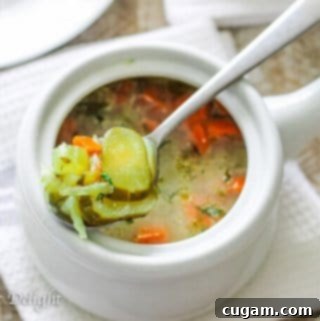
Dill Pickle Soup (Zupa Ogórkowa)
Print
Pin
Rate
Ingredients
- 1/2 rack baby pork ribs
- 8 cups stock or water
- 4 carrots , chopped
- 2 parsnips small, chopped
- 2 leeks small, chopped
- 2 celery stalks , chopped
- 4 potatoes medium, chopped
- 3-4 pickles large, shredded (must be brined, not vinegar)
- 2 bay leaves
- 5 allspice berries
- 3 springs fresh parsley
- 1 tablespoon fresh dill chopped, for garnish
- 1/2 tablespoon butter (for vegan version use oil)
- 1/4 cup sour cream or heavy cream (optional, for tempering)
- 1 tablespoon flour (optional, for thickening with cream)
- 1 chicken or vegetable bouillon cube (optional, or simply use more salt and pepper)
- Salt and freshly ground black pepper to taste
- Water from cucumbers in brine (to adjust sourness of the soup)
Instructions
-
In a large soup pot, place the baby pork ribs and cover them with water or stock. Bring to a boil, then reduce heat and skim off any foam.
-
Add the leeks and parsnips (cut in half for easy removal later). Also add the chopped carrots, celery, and potatoes to the pot.
-
Tuck in the fresh parsley sprigs, bay leaves, and allspice berries.
-
Cover the pot and let it simmer gently until the meat is tender and all the vegetables are soft.
-
Season lightly with salt and pepper at this point, but be prepared to adjust the final seasoning once the pickles are added, as they will contribute to the saltiness and tang.
-
Meanwhile, in a separate small saucepan, melt the butter (or oil for a vegan option). Add the shredded brined pickles and sauté for about 5 minutes, stirring occasionally.
-
Add just enough water to barely cover the pickles in the saucepan and let them simmer for another 15-20 minutes until they are tender.
-
Once the vegetables in the main soup pot are soft and the pickles are tender, carefully add the cooked pickles (and their cooking liquid) into the main soup broth.
-
Now is the time to adjust the seasoning. Taste the soup and add more salt, pepper, or bouillon if desired. For extra tang, gradually stir in some of the pickle brine from the jar, tasting as you go until you reach your preferred level of sourness.
-
Remove the parsnips and leek halves from the soup if you prefer a cleaner broth, or leave them in if you enjoy them.
-
In a cup, combine the sour cream (or heavy cream) and the optional flour, mixing until smooth.
-
To temper the cream, slowly add a small amount of hot soup to the cream mixture in the cup, stirring continuously until it warms up and thins slightly. Repeat this a few times until the cup is almost full of the tempered cream mixture.
-
Pour the tempered cream mixture back into the main pot of soup, stirring well to combine. Heat through gently, but do not boil after adding the cream.
-
Stir in the fresh chopped dill just before serving. Serve immediately and enjoy your homemade Zupa Ogórkowa!
Notes
For those who prefer a meatless option, the broth can be made entirely with vegetable stock. If desired, you can also blend a portion of the soup at the end for a slightly thicker or creamier texture, although traditionally it is served chunky.
Nutrition
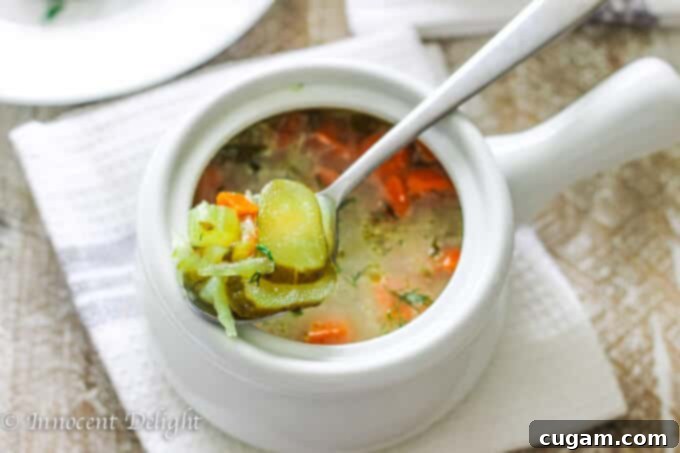
Disclaimer: This post may contain affiliate links which won’t change your price but will share some commission. I only recommend what I like and use. Please only purchase what you need.
Check these other popular soup recipes for more delicious meals:
- Tomato Red Lentil Coconut Soup
- Chunky Potato Leek Soup
- Creamy Spinach Soup with Parmesan Croutons
- Ham and Cheese Soup with White Wine & Gruyere
- Greek Lentil Soup – Fakes
Read more about the author Edyta here or follow Eating European on social media: Facebook, Instagram, Pinterest, and Twitter.
[mc4wp_form id=”6774″]
